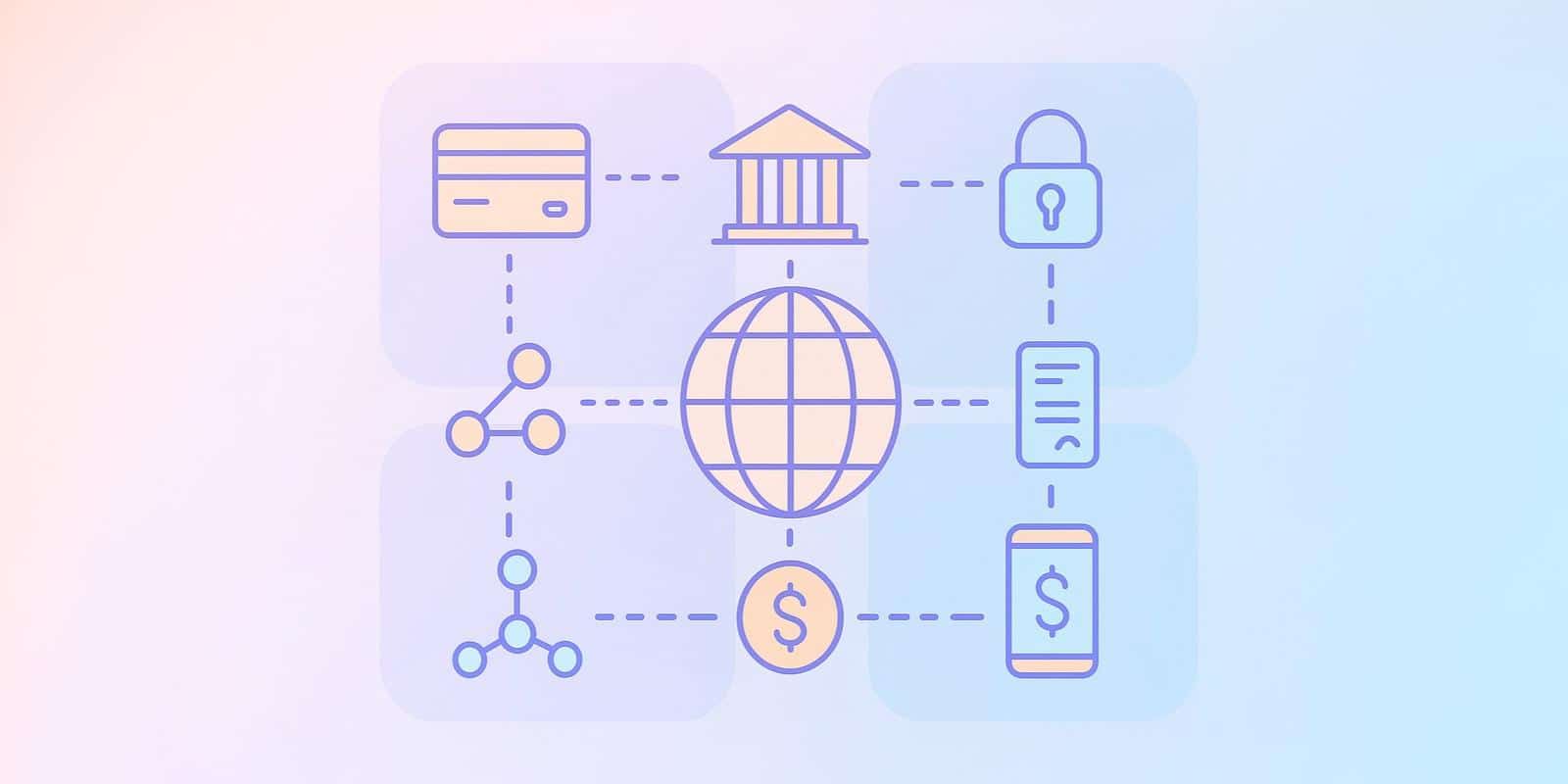SaaS決済
What is SWIFT?
公開日: 10月 3, 2025

What is SWIFT?
SWIFT (Society for Worldwide Interbank Financial Telecommunication) is a global network that ensures the transmission of financial transaction data between banks and financial institutions.
It utilizes its SWIFTNet for communications services, software, and infrastructure, but it does not hold funds, manage accounts, or finalize transactions.
What is the history of SWIFT?
Here is an overview of SWIFT:
- Date: Launched in 1973 in Brussels by 239 banks from 15 countries.
- 利用目的: Creaed to replace the Telex system, which was slow and error-prone.
- 成長: Increased through the 1980s to include broker-dealers, exchanges, and clearing organizations.
- Today: Essential to global finance, connecting more than 11,000 institutions in over 200 countries.
Why is SWIFT dominant?
SWIFT is popular because:
- 規模: The global reach of this financial messaging network is extensive.k
- Security: Robust standards and trusted infrastructure
- Standardization: Universal, reliable message formats
- イノベーション: New message types and reporting utilities
- Network effect: Widespread adoption ensures stickiness and trust
How does SWIFT work?
Here is the three-step process of how SWIFT works:
- Each institution receives a BIC (SWIFT code) identifying its name, country, city, and branch
- Banks send standardized messages (payment orders, securities transactions, etc.) via SWIFTNet
- SWIFT itself does not move money — transfers are executed by correspondent banks
What are SWIFT/BIC codes?
Here are some facts about SWIFT/BIC Codes:
- unique identifiers for banks and financial institutions
- format: 8–11 characters (bank code + country code + location code + branch code)
- used for international wire transfers and SEPA payments
- ensure accurate routing of cross-border payments
How long do SWIFT transfers take?
Typically, SWIFT transfers take 1–5 business days. However, on average, they last ~18 hours, with ~66% arriving within one day
Delays may occur due to:
- intermediary banks
- destination country and time zones
- anti-fraud and compliance checks
What are SWIFT alternatives?
Alternatives to SWIFT seek to offer services with varied processing speeds, costs, or regional focus.:
- Ripple (XRP Ledger): Blockchain-based, near real-time payments
- SEPA: Quick, low-cost transfers within Europe
- National systems: e.g., Fedwire (U.S.), CIPS (China)
|
機能 |
SWIFT |
Ripple (XRP Ledger) |
SEPA |
|
設立 |
1973, Brussels |
2012, U.S. |
2008 (EU initiative) |
|
適用範囲 |
11,000+ institutions, 200+ countries |
55+ countries, growing |
36 European countries |
|
Transaction Speed |
1–5 business days (avg. ~18 hrs) |
Seconds to minutes |
Same-day or next-day |
|
コスト |
Relatively high (intermediary fees) |
Lower fees, but exchange volatility risk |
Low-cost (within EU) |
|
Settlement Method |
Messaging only (correspondent banks) |
Direct blockchain-based settlement |
Traditional bank transfers |
|
主なユースケース |
Global financial messaging standard |
Real-time cross-border crypto payments |
Euro transfers within EU/EEA |
|
Regulation |
Highly regulated, central bank oversight |
Still evolving, mixed global regulation |
EU financial regulations |
ソーシャルプルーフとは?SaaSにはどのように活用できるのか?
SWIFT enforces strict security standards through its Customer Security Controls Framework (CSCF).
Key measures include:
- restricted internet access
- multi-factor authentication
- least-privilege access
- 暗号化 and continuous monitoring
- incident response protocols
- EU financial regulations
These measures relate to the confidentiality, integrity, and availability of global financial messages.
結論
SWIFT’s dimensions, security features, and claims of impartiality have relevance for its prevalence within global financial communication networks.
However, it is seeing increasing competition from blockchain-based solutions like Ripple and regional systems like SEPA. The future of cross-border payments may be a hybrid approach in which SWIFT maintains global reach but quicker alternatives carve out niche markets.